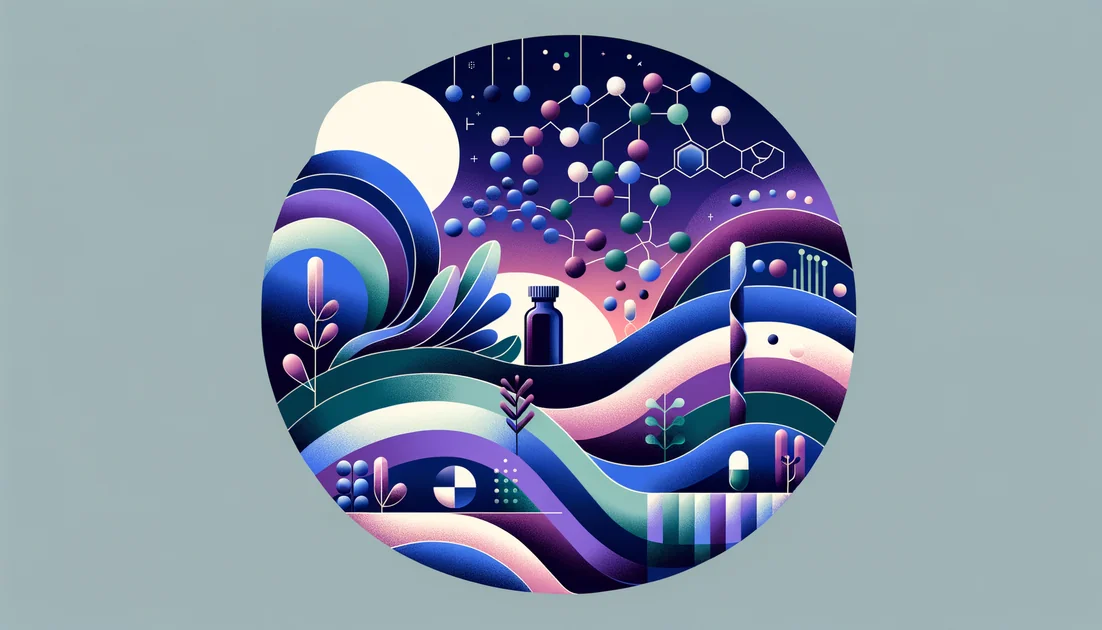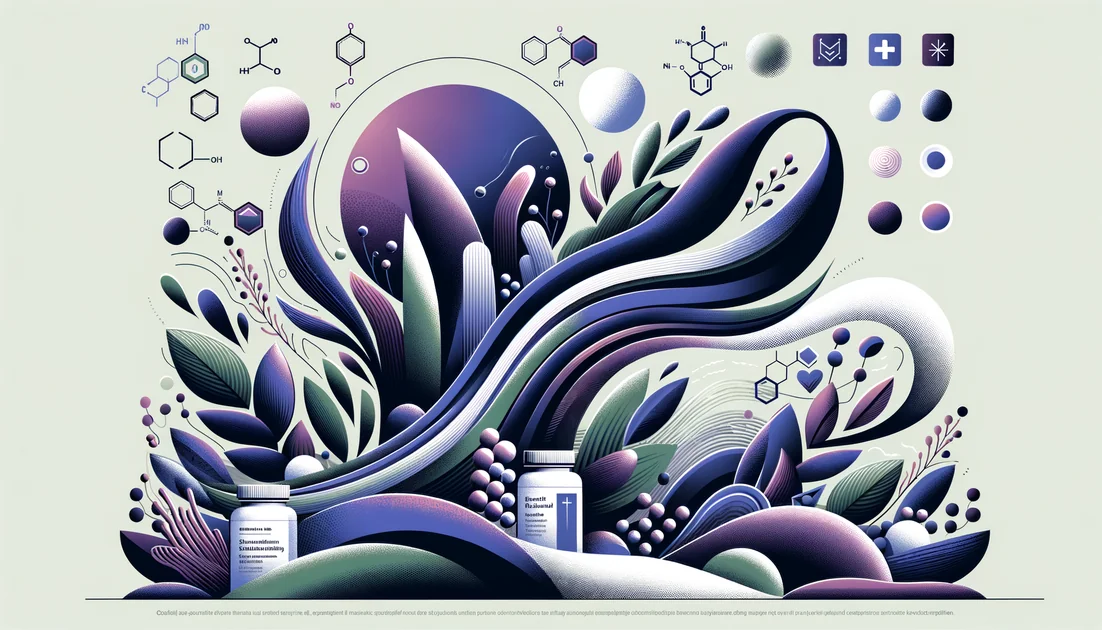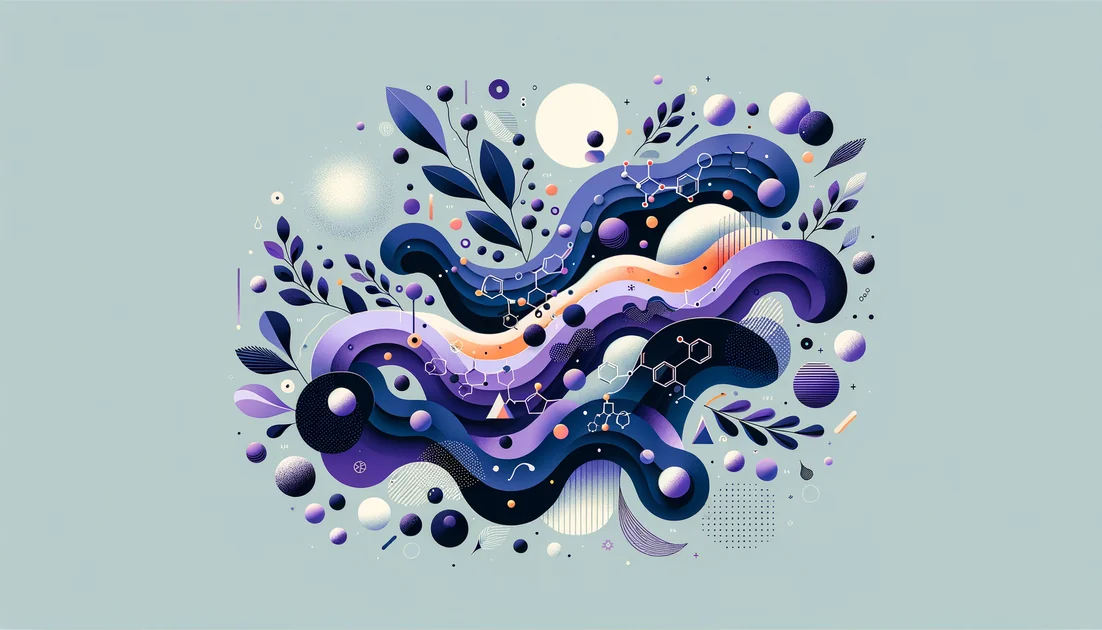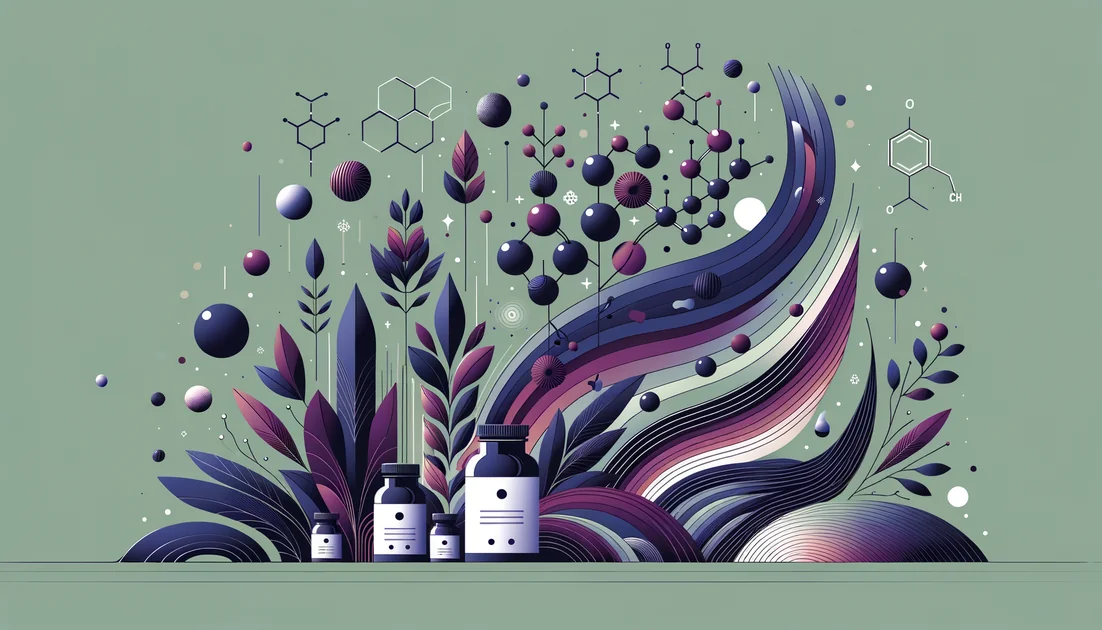
The Blue That Bends Rivers: How a tiny berry reshaped hearts, minds, and a century of American food
In 1911, a USDA botanist and a cranberry farmer's daughter walked the pine barrens of New Jersey tagging wild bushes by taste, color, and grit. They weren't just domesticating a fruit; they were bottling a color—blue—that a century later would out to whisper to our blood vessels and brains. [1]
- Evidence
- Promising
- Immediate Effect
- Within hours (artery relaxation after a single serving) → 8–12 weeks for vessel function and blood pressure; 12 weeks to 6 months for cognitive changes
- Wears Off
- Acute vessel effects fade within a day without continued intake; longer-term gains diminish over weeks if intake stops
From pine barrens to breakfast bowls
When Frederick Coville teamed up with Elizabeth Coleman White, they learned that the stubborn shrub they loved demanded sour, sandy soils and careful matchmaking. By 1916, their cultivated highbush blueberries rolled to market, an American-original crop born from wild knowledge and meticulous science. [1] Today, Maine's extension service openly credits Wabanaki communities for generations of know-how that still underpins wild blueberry cultivation—a rare public acknowledgment that modern harvests rest on Indigenous foundations. [2]
What the blue is saying
That vivid skin carries anthocyanins—the pigments that make blueberries blue. For years we assumed those pigments worked like tiny shields against "oxidative stress." Then scientists traced the story further: after you eat blueberries, your gut and liver remodel those pigments into smaller messenger molecules that circulate and talk to your blood vessels. In a landmark series of human trials, researchers found that these metabolites—and not just the intact pigments—track with better artery widening and even nudge gene programs involved in vessel maintenance. Some of the very metabolites, when tested in animals, could reproduce vessel-relaxing effects. [3] Here's the part that surprises people: your arteries can respond within hours. In controlled studies, a blueberry drink improved flow-mediated dilation—a standard ultrasound readout of how well arteries widen—about 1–2 hours after consumption, with effects seen again later the same day. [4] That's the blue speaking quickly.
The long game for the heart
Acute sparks are one thing; durable change is another. In the longest blueberry trial to date, older adults with metabolic syndrome ate the equivalent of one cup daily for six months. Their artery function improved, arterial stiffness eased, and HDL ("good") cholesterol quality nudged upward—even though insulin resistance didn't budge. [5] In postmenopausal women with above-normal blood pressure, eight to twelve weeks of freeze-dried blueberry powder modestly reduced blood pressure and improved vessel function—effects linked to better nitric oxide signaling, the body's built-in vasodilator. [6][7] Dr. Ana Rodriguez-Mateos, who has led several of these studies, puts it plainly: "Although it is best to eat the whole blueberry to get the full benefit, our study finds that the majority of the effects can be explained by anthocyanins." She adds that sustaining those artery benefits over a lifetime could translate to sizable cuts in cardiovascular risk. [8] A 2024 meta-analysis pooled trials and found a consistent, meaningful bump in flow-mediated dilation with blueberries—evidence that the signal isn't a one-off. [15]
The brain listens too
The "brain berry" nickname wasn't born out of hype alone. In a University of Cincinnati trial, older adults with mild cognitive impairment took a daily packet of blueberry powder for 16 weeks. "There was improvement in cognitive performance and brain function.. improved memory and improved access to words and concepts," reported lead investigator Robert Krikorian, whose team also observed increased task-related brain activity on fMRI. [9] Newer work asks a sharper question: can daily wild blueberries change both vascular and cognitive performance together? In a 12-week randomized trial of healthy adults aged 65–80, those consuming a wild blueberry powder (about ¾ cup equivalent) showed better immediate recall, quicker and more accurate task-switching, improved artery dilation, and a small but significant drop in 24-hour systolic blood pressure. "It's clear from this study that consuming wild blueberries is beneficial to cognitive function, as well as vascular health," said neuroscientist Claire Williams. [10][11]
Beyond memory: metabolism and recovery
The blueberry story isn't only about arteries and recall. Small trials suggest metabolic nudges, too. Obese, insulin-resistant adults improved insulin sensitivity after six weeks of blueberry bioactives without weight loss, using the gold-standard clamp test. [14] In men with type 2 diabetes, eight weeks of daily blueberry powder lowered HbA1c and triglycerides versus placebo, though fasting glucose and blood pressure didn't change. [13] Even in the chaos of "weekend warrior" workouts, blueberries shifted the chemical mediators that resolve inflammation after eccentric exercise—dialing down certain stress-linked oxylipins—even when soreness and performance felt the same. Think of it as backstage cleanup more than a front-of-house fanfare. [12]
How to make the blue work for you
Amount that shows up in trials: about 1 cup fresh (or ~22–26 g freeze-dried powder) daily. [5][6][11]
Timing: you may feel the vessels respond within hours; sturdier changes tend to appear after 8–12 weeks and continue with ongoing intake. [4][6][11]
Form: studies use fresh, frozen, or freeze-dried preparations; the common denominator is a realistic, food-level dose. [5][6][11]
Krikorian's practical advice after a 12-week trial is refreshingly simple: "It might be a good idea to consume blueberries on a regular basis," he noted—tempered by the reminder that small samples still need replication. [9]
A color that connects people and place
Blueberries are a collaboration across time: Indigenous stewardship of wild barrens, early 20th-century domestication, and 21st-century metabolomics tracing how color becomes chemistry becomes function. The evidence isn't a miracle cure—blood pressure drops are modest; insulin effects are mixed—but the arc is consistent: the blue persuades vessels to be more responsive, and brains to perform a little cleaner, especially with age. [5][6][10][11][15] As Rodriguez-Mateos puts it, the blue pigments carry much of the story. The rest is ours: a daily handful, a habit measured not in promises, but in quiet, accumulating signals that move through us like water taking a gentler bend. [8]
Key takeaways
- •Blueberries' blue comes from anthocyanins linked to vascular and brain benefits, with effects measurable in hours for vessels and weeks for cognition.
- •Most studies used ~1 cup fresh blueberries daily or ~22–26 g freeze-dried powder mixed into food or drinks.
- •Timing matters: many trials dosed with breakfast; arteries can respond within 1–2 hours, while BP and cognitive changes accrue over 8–12 weeks.
- •Benefits are most relevant for cardiovascular support, healthy aging cognition, insulin resistance/type 2 diabetes markers, and post-exercise recovery chemistry.
- •Caution for carb tracking: include blueberries in meal planning; metabolic benefits in studies occurred without weight loss at ~1 cup/day.
- •The crop's story runs from Indigenous knowledge and early 1900s domestication to today's everyday integration—evidence level: promising.
You might also like
Explore more of our evidence-led investigations, comparisons, and guides across every article style.

Momentous (Project One Nutrition, Inc. dba Momentous)
Momentous is a testing-first supplement brand with real R&D credentials—and recurring complaints about price and subscriptions



Goldenseal (Hydrastis canadensis)
You pick up a bottle promising "immune support with goldenseal," the root so yellow it stains fingertips. Here's the paradox: there's little evidence it helps colds, yet this same plant can quietly change how your prescription drugs behave—and in labs it doesn't so much kill bacteria as disarm them. [2] [3] [7]

Calm Focus Unlocked: Kill The Jitters
Real but modest, short-term benefits with a "gas pedal + steering" effect; best for focused tasks, not all-day stimulation.

Tocotrienols
The stealthier cousins of vitamin E—built with springy tails that move differently in cell membranes and behave differently in your body.
